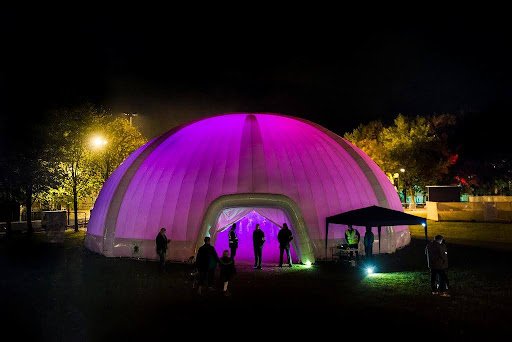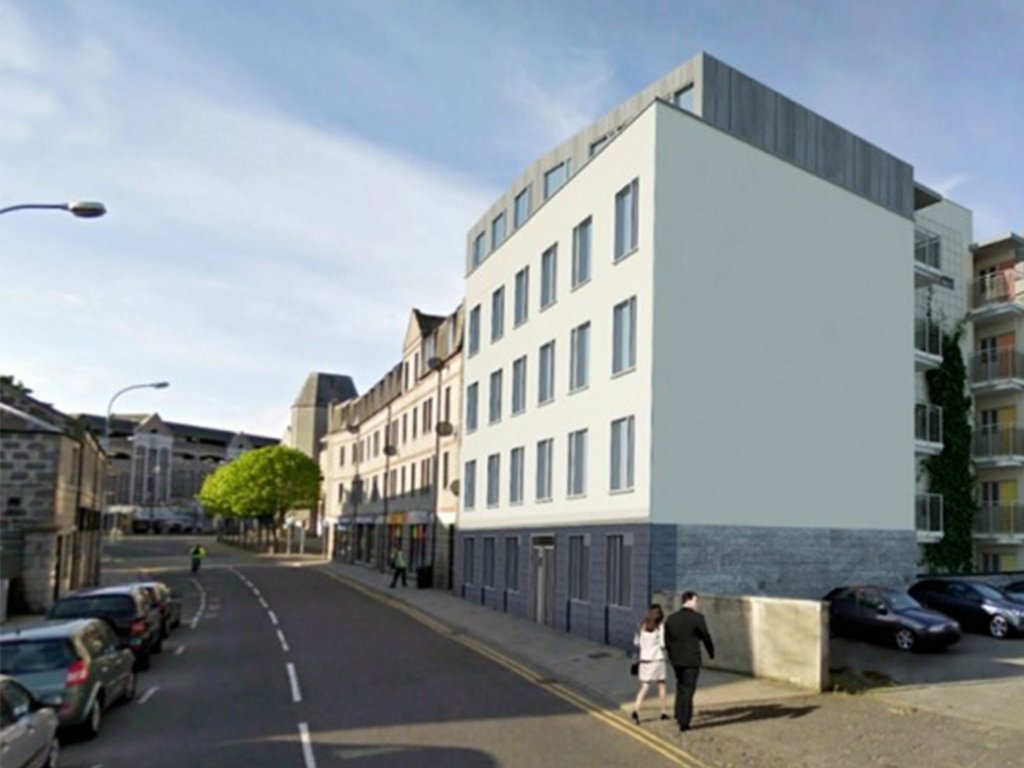
Inflatable domes are reshaping the way we think about temporary structures. From sports arenas to event venues, these lightweight, versatile constructions are transforming industries with speed, efficiency, and cost-effectiveness. Whether for business, recreation, or emergency use, inflatable domes offer unmatched adaptability, making them the future of temporary architecture. Here’s how they are revolutionising design and functionality on a global scale.
Temporary architecture has always been about adaptability, speed, and cost-efficiency. In the past, options were limited to metal-framed tents, wooden structures, or prefabricated buildings. But now, Inflatable Domes are emerging as the modern answer to flexible, durable, and visually striking spaces. These structures are not only redefining functionality but also transforming the way events, sports, and commercial operations are hosted.
What Are Inflatable Domes?
Inflatable domes are air-supported structures made from high-strength, weather-resistant fabrics. They maintain their shape through continuous or sealed air pressure. Unlike traditional buildings, they require minimal rigid framework, allowing for quick installation and easy transport.
The concept is simple but powerful — create an ample, open interior space without the need for internal columns or heavy materials. This design makes them perfect for hosting activities that require unobstructed areas, such as exhibitions, concerts, and sports events.
Why They’re Gaining Popularity
The appeal of inflatable domes lies in their versatility, speed, and sustainability. Businesses, event organisers, and even government agencies are increasingly choosing them for several reasons:
- Rapid setup – A dome can be inflated in hours rather than weeks.
- Cost-effectiveness – They require fewer materials and labour compared to conventional construction.
- Portability – Domes can be deflated, packed, and moved to another location with ease.
- Weather resistance – High-quality materials can withstand wind, rain, and snow.
These advantages are driving adoption across multiple industries, from entertainment to emergency response.
Applications in Sports and Events
In the world of sports, inflatable domes are a game-changer. They are used to cover football pitches, tennis courts, and even swimming pools, ensuring athletes can train year-round regardless of weather conditions. Large-scale events such as trade shows and festivals also benefit from their spacious and customisable interiors.
An event organiser can brand the dome’s interior and exterior, creating a unique and immersive environment. The absence of rigid internal structures allows for creative lighting, stage designs, and seating arrangements, offering guests a memorable experience.
Role in Disaster Relief and Emergency Use
One of the most impactful uses of inflatable domes is in humanitarian aid. In disaster zones, rapid shelter is essential. These structures can be deployed within hours to provide housing, medical stations, or command centres.
For example, during flood relief efforts in parts of Asia, inflatable domes were used as temporary hospitals. Their portability meant they could be relocated as the situation evolved, ensuring continued support for affected communities.
Environmental Benefits
Sustainability is a growing priority in architecture, and inflatable domes offer significant environmental advantages. They require fewer construction materials, resulting in a lower carbon footprint.
Additionally, they can be designed with energy-efficient insulation, reducing the need for excessive heating or cooling. Solar panels can be integrated to power lighting and ventilation, further enhancing their eco-friendly profile.
Design and Aesthetic Appeal
Gone are the days when temporary structures were purely functional. Modern inflatable domes come in sleek, futuristic designs that attract attention. Their curved shapes and clean lines give them a contemporary aesthetic, making them a favourite for high-profile events and product launches.
Customisable sizes, colours, and branding mean they can reflect the personality of a company or event. From glowing LED-lit exteriors to themed interiors, the creative possibilities are endless.
Cost and Maintenance
From a financial perspective, inflatable domes are an attractive option. Their upfront cost is significantly lower than constructing a permanent building of similar size. Maintenance is also straightforward — periodic cleaning, fabric inspections, and minor repairs keep them in top shape for years.
Because they are temporary, they can be rented rather than purchased, making them accessible even for short-term projects.
The Future of Temporary Architecture
The growing adoption of inflatable domes is part of a broader shift towards modular, adaptive architecture. In a world where needs can change overnight, the ability to create large-scale structures quickly is invaluable.
We can expect to see advances in materials that make domes even stronger, lighter, and more energy-efficient. Smart technology integration, such as automated climate control and real-time structural monitoring, will further improve performance.
Final Thoughts
Inflatable domes have moved beyond being a novelty. They are now a serious contender in the temporary architecture sector, offering flexibility, sustainability, and cost-efficiency that traditional methods can’t match.
From sports facilities and event venues to emergency shelters, their potential is vast. As technology continues to improve, these innovative structures are likely to play an even greater role in shaping how we build for temporary needs.




